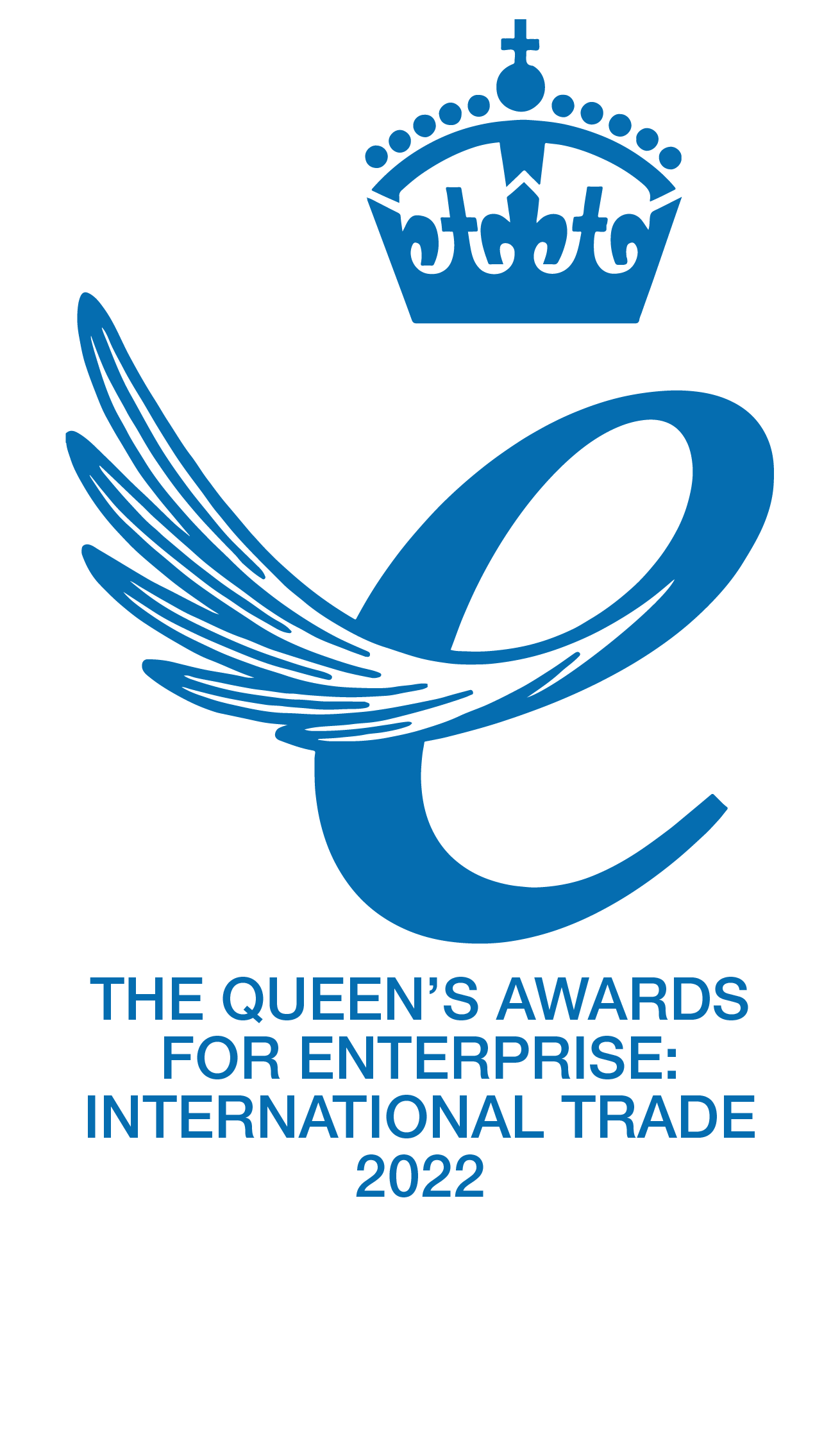Doctor’s Orders
10 March 2017
Dr Carl Hunter explains the importance of properly maintaining suppression systems.
ONE OF the key challenges facing businesses worldwide is balancing business continuity with maintenance costs and downtime. The British Automatic Fire Sprinkler Association (BAFSA) state that automatic sprinkler systems are used more than any other fixed fire protection system and over 40 million sprinklers are fitted world-wide each year. Losses from fires in buildings protected with sprinklers are estimated to be 1/10 of those in unprotected buildings.
For life safety, new residential blocks over 30m high must be fitted with sprinklers to meet Approved Document B standards. Similarly, an un-compartmented area in a shop or self-storage building over 2000m2 now require sprinkler protection. When sprinklers are installed there may be significant benefits in respect of compliance with Approved Document B of the Building Regulations 2000, for example the installation of sprinklers can allow buildings to be built closer together and travel distances for escape to be extended.
BS 9251 gives guidance for the design, installation, components, water supplies and back flow protection, commissioning, maintenance and testing of fire sprinkler systems installed for life safety purposes with additional benefits for property protection in residential and domestic occupancies.
There are a number of issues to be considered in regard to maintenance such as corrosion, flow rate and obstructions that may adversely affect the effectiveness of a fire sprinkler system. The National Fire Protection Association (NFPA) has a concern that corrosion can cause a sprinkler system to fail due to blockages and failed sprinkler heads. The NFPA states that 73% of dry systems have significant corrosion issues. According to the NFPA, corrosion can cause in-hole leaks, temporary shutdowns, loss of property and personal injury if the sprinklers fail to release. With some systems between 30-40 years old, weakening and corrosion is a major issue.
One of the problems that can come from a lack of maintenance and corrosion are nozzle blockages. This is a serious safety risk because it has a serious impact on the functionality of the system, which thus increases the risk of an uncontrollable fire. The Health and Safety Executive (HSE) has reported that no matter what material the pipework is constructed in, the impact will still occur. One method of flow measurement is wet testing, where water is sprayed through to prove its compliance, yet this can cause deposits, contamination and blockages. High pressure air testing can cause particulates to be blown into and congest the nozzle.
The NFPA highlighted in its 2013 report that damaged fire sprinkler systems due to a lack of maintenance is a major problem as their effectiveness is compromised. This means that the sprinklers operate but had supplied insufficient water to the fire, and this can be because of blockages inside the pipework or corroded particulates partially blocking nozzles.
The Society of Fire Protection Engineers (SFPE) state that maintaining the water supply (water pressure, flow and duration) to a sprinkler system is fundamental. Inadequate inspection can render a properly designed and installed system ineffective and so NFPA 258 provides required inspection, testing and maintenance for a sprinkler system. The SFPE state that if systems are not periodically inspected for mechanical deficiencies, proper function, valve actuation, water flow, sprinkler clearances, etc., the system may not be effective during a fire. Flow can only occur if the pipes and nozzles are clean and clear!
The failure to maintain sprinkler systems, and the increased risk of pin-holes and cracks in the pipe has been deemed severely dangerous. In a 2016 $1 billion lawsuit, in Florida, defective plumbing endangered many lives when cracks in the piping rendered the sprinkler system unable to put out fires in buildings, resulting in potential injuries, loss of life and property damage. In 2016, an international hotel was evacuated when a sprinkler system failed, causing a large volume of water to flow into it, causing damage to a large portion of the hotel. In the recent Allianz Global Corporate and Specialty (AGCS) top 10 business risks for 2017, fire and explosion ranked seventh. RSA’s Ryan Jones has recently stated that there have been “losses that would not have been so large or great had the systems been maintained otherwise.” To try and tackle this issue, the Riyadh MoU launched a Concentrated Inspection Campaign (CIC) on SOLAS Chapter II-2 compliance, because mechanical systems operate best when frequently exercised.
With business continuity an ever increasing issue as the world becomes ever more interconnected we need to help ensure critical infrastructure is as protected from fire as it can be. Maintaining fire sprinkler systems is an integral aspect of this and reducing downtime and making the process easier will help speed this process up.
Dr Carl Hunter is CEO of Coltraco Ultrasonics and he will be a keynote speaker at the Fire Safety Event Scotland in Glasgow SEC on 4 May at 2pm. His session is titled ‘Constant monitoring of gaseous and room integrity’. You can reserve your seat for now for this, or any other keynote session, for FREE at www.scotlandworks.com/fire






